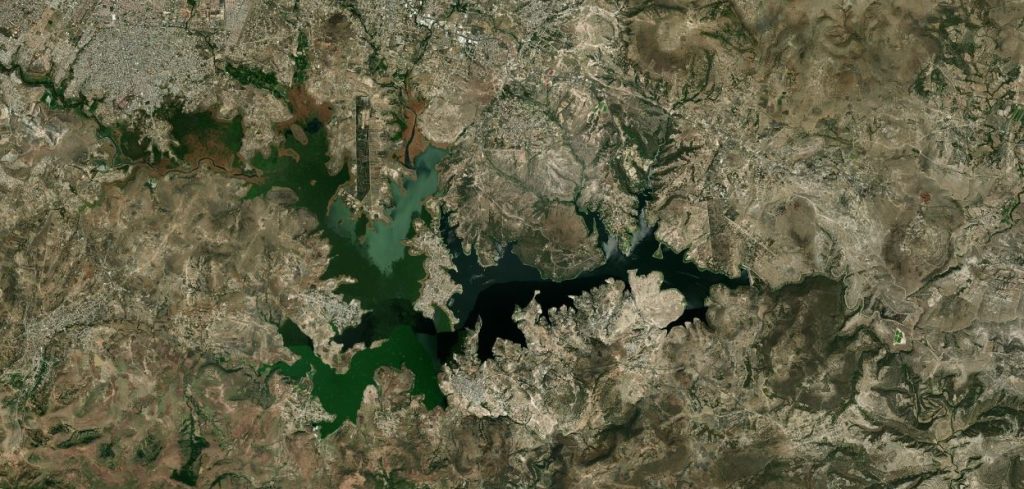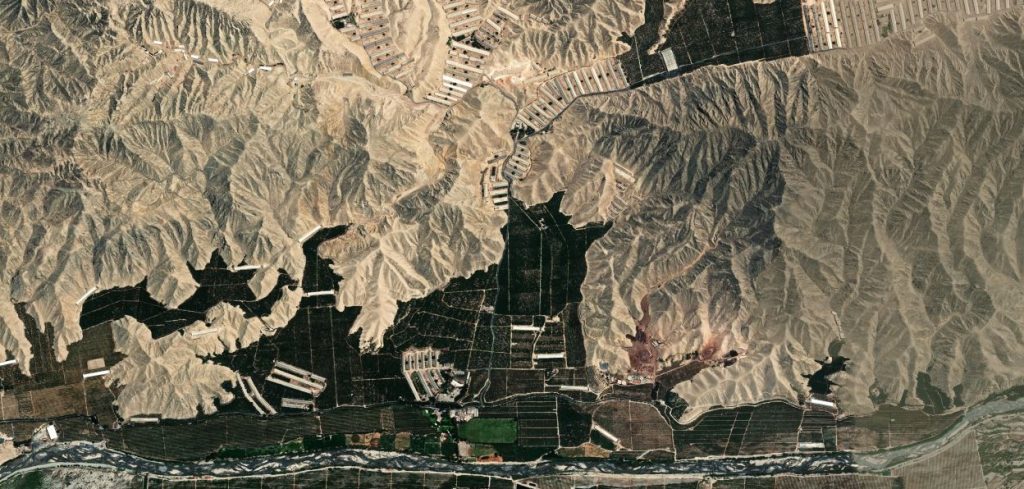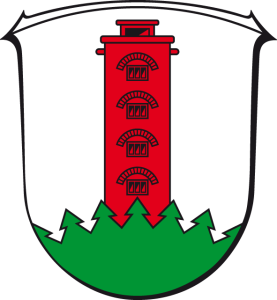Since 1997 our technologies, know-how and methodologies have been used in numerous locations around the world. what follows is an excerpt of where we have participated and contributed to the success of mostly private enterprise.
Mexico

In Puebla, state capital of Puebla we analyzed and designed a system to address the invasive water hyacinth growth of the reservoir known as Valsequillo.
We worked in conjunction with the Secretariat of the environment, TRENT University from Canada as well as a local university to come up with the best solution to address the vegetative cover of 1,500ha, roughly half of the total surface area of the reservoir.
We also worked out a plan on how to reduce the bottom contamination of the reservoir, which was at the time essentially a facultative anaerobic digester.
The same secretariat for the environment charged us with finding a solution for roughly 120,000 tons of coffee plantation residue that finds its way every year into the local water system in the state of Puebla alone.
Peru
Trujillo in the North of Peru has approximately 5000ha in sugar cane production. we were tasked with finding best solution for making optimum use of fermentation residues as well as fertilizer application.

200 km south of Lima in Alto Laran is one of the largest layer operations in the world with roughly 6 million layer hens.
The complex is located in the middle of the coastal desert and has all infrastructure from feed production to the making of cartons employing several hundred local personell.
The problem was how to optimally use the excrement.
While chicken poop is difficult to process because of its high sand content our hydraulic digester design is able to handle it without problem.

Over the period of five years we designed and oversaw construction of 21,000 cubic meters of chicken manure processing capacity as well as designed a system that produces organic liquid fertilizer apt for use in a gravity fed drip irrigation system.

We greened the desert with citrus, avocado and granate apples.
Ecuador
The Tapioca industry approached us for best methods to handle the waste produced during production. We provided a basic plan to deal with the shavings and other leftovers produced during production.
United States of America
In Georgia we were approached by a paper recycling facility for the purpose of determining best procedure to deal with the final residues produced during the recycling process
In addition a coastal community of shrimpers at the height of oil prices asked us to evaluate possibilities to lower their fuel costs.
In Alabama we evaluated one wastewater treatment plant to upgrade it to full bionomic processing capability. Changing the plant from treatment to bionomic processing, due to its latitude, will produce an over 70 percent reduction in operating costs.
Last but not least we were in discussions with a government agency for a time to establish an experimental digester facility for handling of cellulosic residues.
Canada
For North Middlesex in Ontario we designed and oversaw construction of a 6000 cubic meter digester to handle manure from a 10,000 head feedlot.
For the energy park located on the Bruce Peninsula we designed a system that would make better use of the waste heat originating from the Bruce Power plant to process the organic residues produced in the park to fertilizer and energy using our hydraulic mixing energy efficient anaerobic reactor design.
As a result of the introduction of the Nutrient Management Act numerous hog operations were evaluated for processing of their hog manure to stable fertilizer and energy.
Germany
In the state of Thüringen the same reactor we designed and constructed in North Middlesex was used in a turnkey zero waste biomethane – bioethanol plant.
In the state of Hessen, city of Rotenburg. we designed and trialed new microalgae processing techniques to remove dissolved nutrients including phosphor from the final effluent of a wastewater treatment plant.




Machbarkeitsstudie zur Bionom Biologischen Phosphorfällung
This is the result of several years of investigative work done in Hessen to validate that Phosphor as well as other nutrients could be removed from wastewater by microalgae and recovered in the form of valuable biomass. An interesting side effect was the enrichment of oxygen of the effluent to a typical level of 6mg/l
This was the first such work of its kind in accordance with the German patent office Offenlegungsschrift DE 10 2011 054 585
Bericht zur dezentralen bionomischen Abwasser Vorbehandlung zwecks Anliegerkostenminderung
This study was conducted to evaluate existing small wastewater treatment plants with the objective to upgrade the same to bionomic pre-processing installations in order to lower end user fees and further enhance production of value added products at the central plant in Rotenburg a.d. Fulda.
Dominican Republic
Located in the almost geographical center of the island exists a region with the single largest hog and livestock production. An estimated 500,000 metric tons of manure find their way into local rivers and lagoons. We designed a system based on our digester reactor technology for processing of that manure to stable fertilizer and energy.
In the border region with Haiti exist substantial rice as well as livestock farming. We designed and registered as green CDM project a system that would provide infrastructure renewable electricity to coops as well as the municipality.
In association with a government agency we designed a circular zero waste agriculture system to benefit an entire small community located close to the Haitian border.
Together with the same government agency we did a complete analysis of the agricultural sector and fishing industry to develop a sustainable economic development plan.
In Barahona, in association with the regional director of the ministry of the environment we developed a plan to harvest and deal with the various aspects of sargasso that found its way into the bay of Barahona.
Sargasso in its natural habitat located normally in the middle of the Atlantic is a biosphere in its own right. A self contained Ecosystem that for about 140 species that are only found in the sargasso.
Sargasso represents a tremendous resource once we manage to harvest it properly.
In order to provide follow up even if governments change we fostered establishment of a not for profit in the public interest foundation called FUNPATRIMAR – Fundation para el Patrimonio Marino.
FUNPATRIMAR has established a workplan 2021-2025 and will need help to fulfill its plan.
The key objectives are improvement of the socio-economic and cultural situation in the coastal regions as well as in the border provinces in order to generate sustainable work, produce healthy foods and reduce conflict between Haitians and Dominicans.
This work was initially started in 2007 in association with a Dominican government agency, is very much ongoing and was the basis for the formation of FUNPATRIMAR in order to provide continuity beyond indivual elections. It is one of the most ambitious projects we are participating in and we are in need of help in order to fulfill objectives and our final goal.
desarrollo de recursos organicos en la zona fronteriza R.D.
 El promotor inicial de esta iniciativa que data del año 2007 fue la oficina de cambio climatico de la embajada del Canada en Santo Domingo.
El promotor inicial de esta iniciativa que data del año 2007 fue la oficina de cambio climatico de la embajada del Canada en Santo Domingo.
La mayor parte del trabajo de analisis, determinación de potenciales y primeros lugares para desarrollar fue hecho entre una entonces empresa privada Canadiense y la autoridad en frontera, la Dirección General de Desarrollo Fronterizo (DGDF) – tambien llamada “Fronteras”.
Por razones politicas, cambios de gobiernos y intereses ajenas este projecto como muchos otros se quedó en el aire.
The Planetary Society for Bionomic RenewaL is owner of the IP used by the Canadian company and believes that with current events in Haiti and the border region this project has acquired new significance in conjunction with our system for circular zero waste farming and urban renewal using our bionomic wastewater processing technology.
In Association with DGDF we were tasked in 2011 with developing a circular agricultural system for the community of Carbonera in Dajabon province including costing. Unfortunately at some political level it was decided to “award” this project to a completely different province. This despite the fact that each and every community should be analyzed individually and requires its own unique solution.
modelo economia circular para al comunidad Carbonera – Dajabon province
 The community of Carbonera in Dajabon province was to be the first community to benefit from a circular approach to agriculture that would produce a broad spectrum of agricultural goods while providing direkt work for about twenty families and benefitting the whole community. The file includes financial cost projections.
The community of Carbonera in Dajabon province was to be the first community to benefit from a circular approach to agriculture that would produce a broad spectrum of agricultural goods while providing direkt work for about twenty families and benefitting the whole community. The file includes financial cost projections.
In the end politicians had different ideas.
Poland
The Canadian Climate Change office asked us to evaluate the possibility of using Polish sugar beet to produce ethanol, electricity and fertilizer. Poland was expected to reduce by 60 percent of its direkt sales of sugar beet sugar upon entering the European community .
We spent a lot of time analyzing conversion and upgrades of existing sugar beet mills to combination bionomic ethanol-wet residue anaerobic digestion plants. In all cases the economics resulted positive. The political will however was elsewhere.
China
We developed and supplied know how and methodologies for dealing with organic residues from a hyperintensive fish farm.

